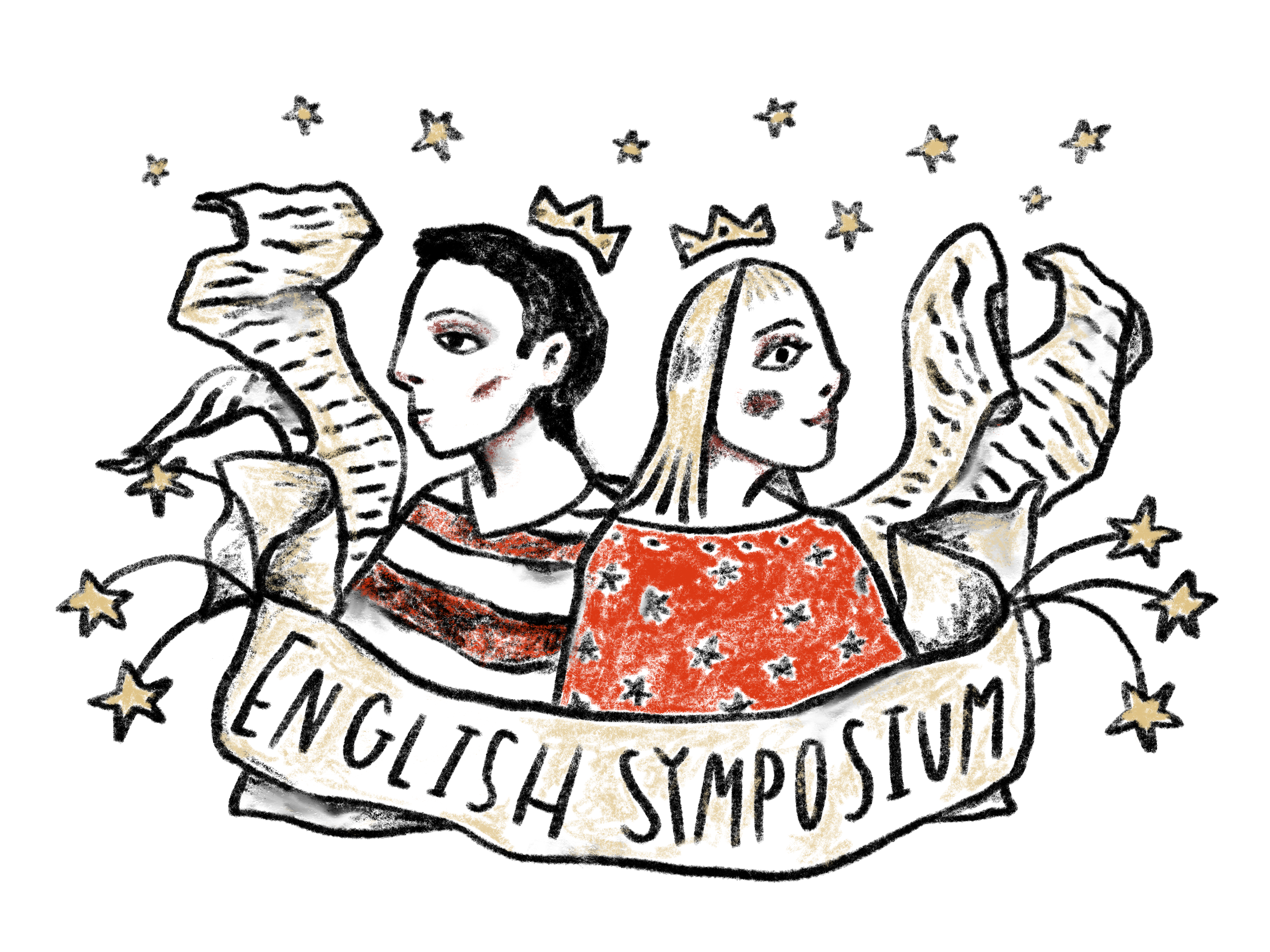Content Category
Literary Criticism
Abstract/Description
While some scholars have written on Mr. Shimerda’s burial scene in Willa Cather’s classic novel My Ántonia, few have investigated the folklore practices that influence the burial. This paper considers the scene of Mr. Shimerda’s suicide and burial through the eyes of European folk beliefs exhibited by the Shimerda family. More specifically, this paper relies on a careful study of the history of suicide folk beliefs in Europe to show that Cather sets up Mr. Shimerda to be condemned by traditional beliefs and practices, but then redeems him through subverting those practices and permitting him to rest on an unmolested piece of the American prairie. Most European folk beliefs about suicide hold that suicide victims should be punished for their self-harm by being buried at the crossroads, with a stake through the heart that pins the body into the grave. During the Middle Ages, many of these beliefs were religiously and legally condoned, granting them authority rarely offered to folk beliefs. Cather deftly incorporates these practices into the burial scene of Mr. Shimerda, but then pointedly undermines them by turning the road that was supposed to create a crossroads so that it misses the grave entirely. Instead of allowing Mr. Shimderda to be defined by traditional beliefs that do not offer peace or comfort for those who had committed self-harm, Cather gives Mr. Shimerda a sacred piece of the prairie that remains untouched even as the world develops around it.
Copyright and Licensing of My Content

This work is licensed under a Creative Commons Attribution-Noncommercial-No Derivative Works 4.0 License.
Origin of Submission
as part of a class
Faculty Involvement
Kristin Matthews
Suicide, Folk Beliefs, and Redemption in Willa Cather’s My Ántonia
While some scholars have written on Mr. Shimerda’s burial scene in Willa Cather’s classic novel My Ántonia, few have investigated the folklore practices that influence the burial. This paper considers the scene of Mr. Shimerda’s suicide and burial through the eyes of European folk beliefs exhibited by the Shimerda family. More specifically, this paper relies on a careful study of the history of suicide folk beliefs in Europe to show that Cather sets up Mr. Shimerda to be condemned by traditional beliefs and practices, but then redeems him through subverting those practices and permitting him to rest on an unmolested piece of the American prairie. Most European folk beliefs about suicide hold that suicide victims should be punished for their self-harm by being buried at the crossroads, with a stake through the heart that pins the body into the grave. During the Middle Ages, many of these beliefs were religiously and legally condoned, granting them authority rarely offered to folk beliefs. Cather deftly incorporates these practices into the burial scene of Mr. Shimerda, but then pointedly undermines them by turning the road that was supposed to create a crossroads so that it misses the grave entirely. Instead of allowing Mr. Shimderda to be defined by traditional beliefs that do not offer peace or comfort for those who had committed self-harm, Cather gives Mr. Shimerda a sacred piece of the prairie that remains untouched even as the world develops around it.

